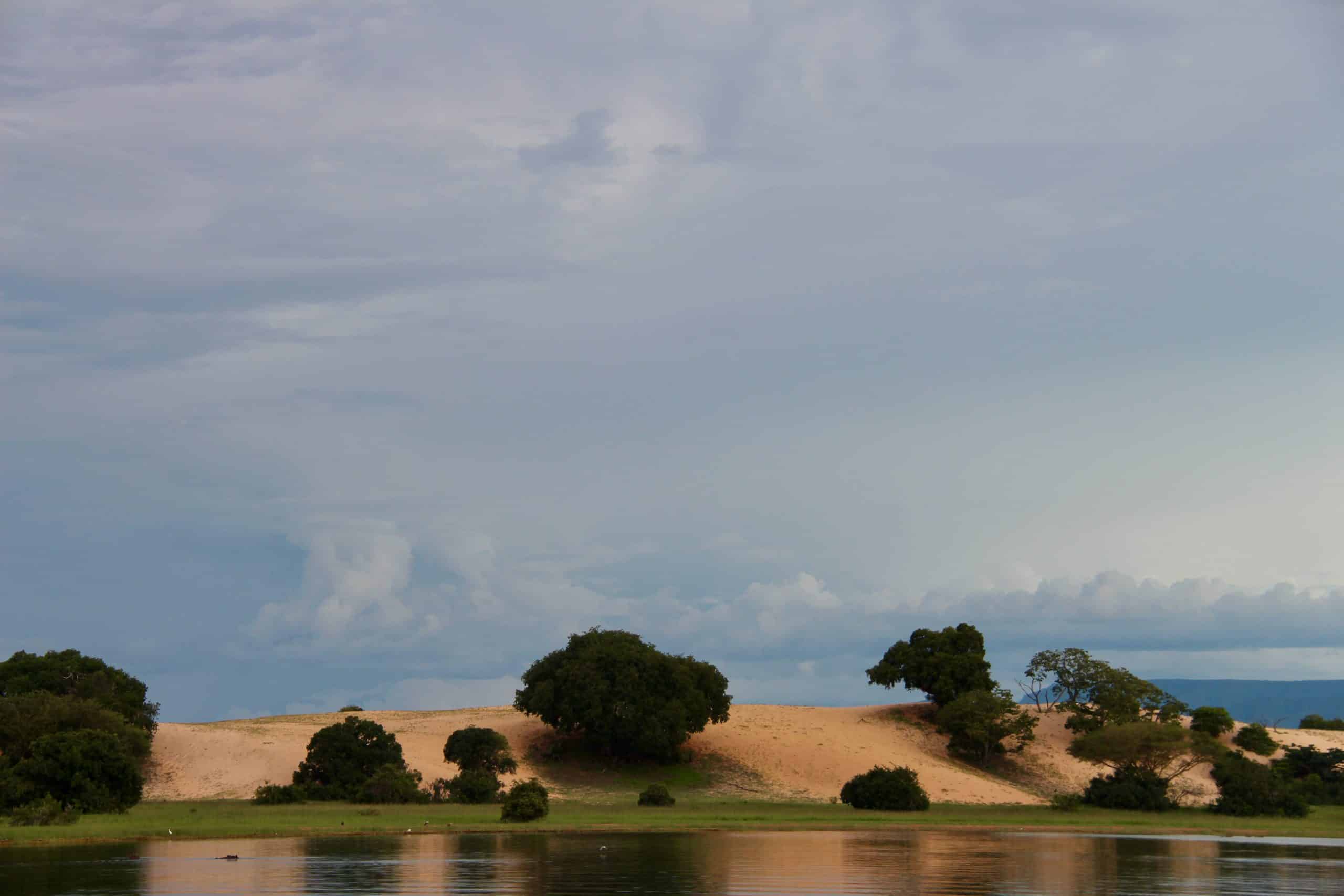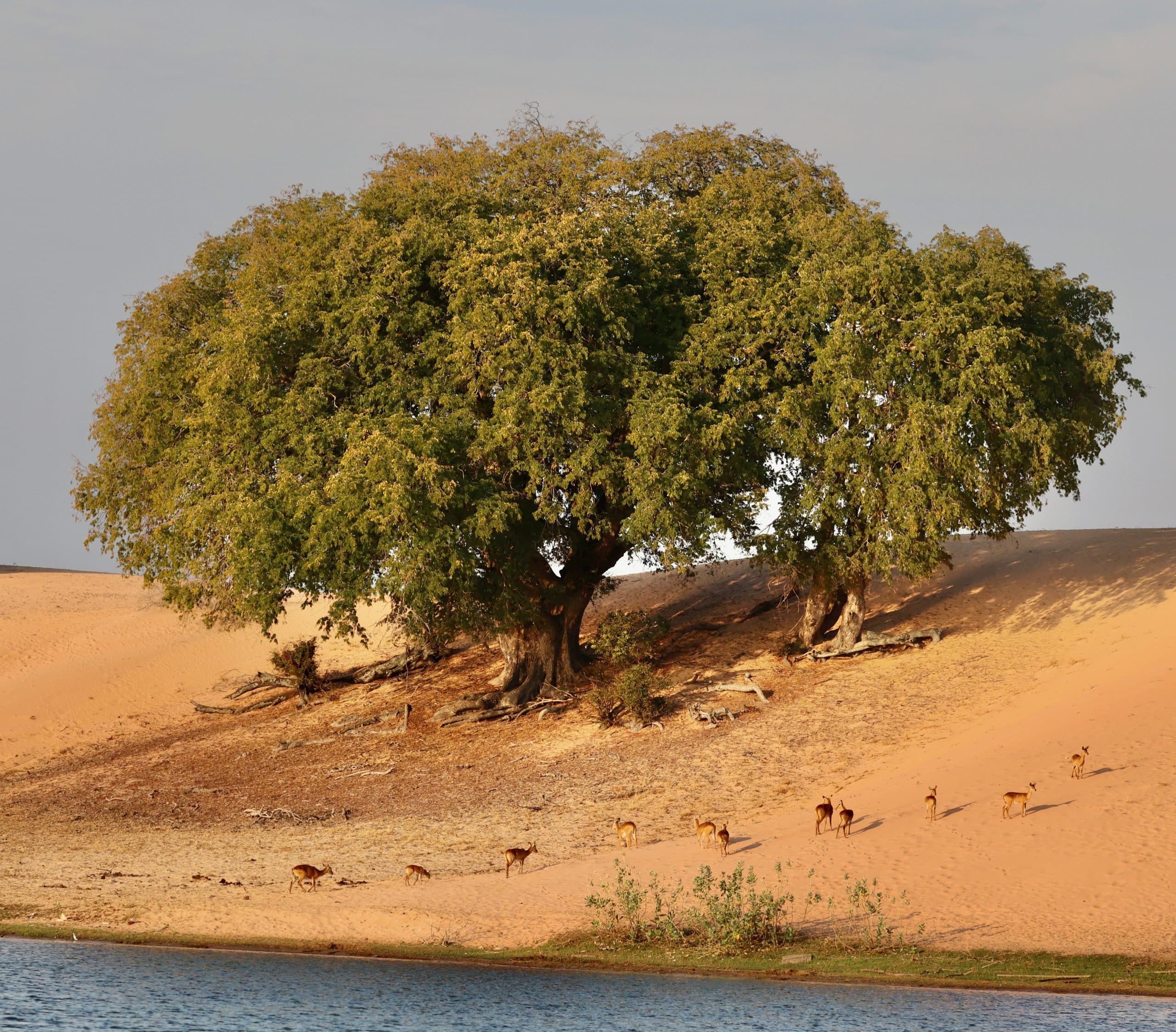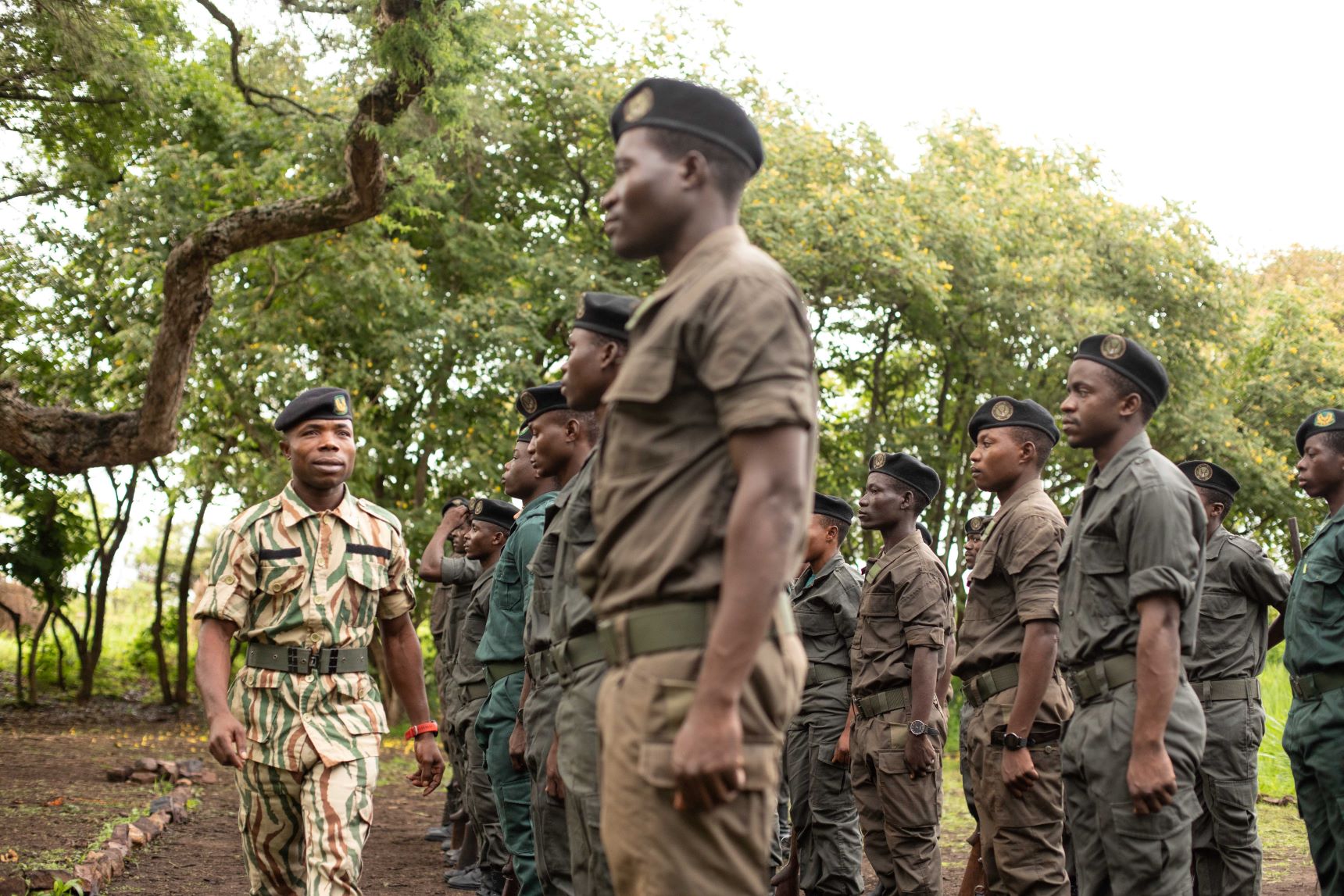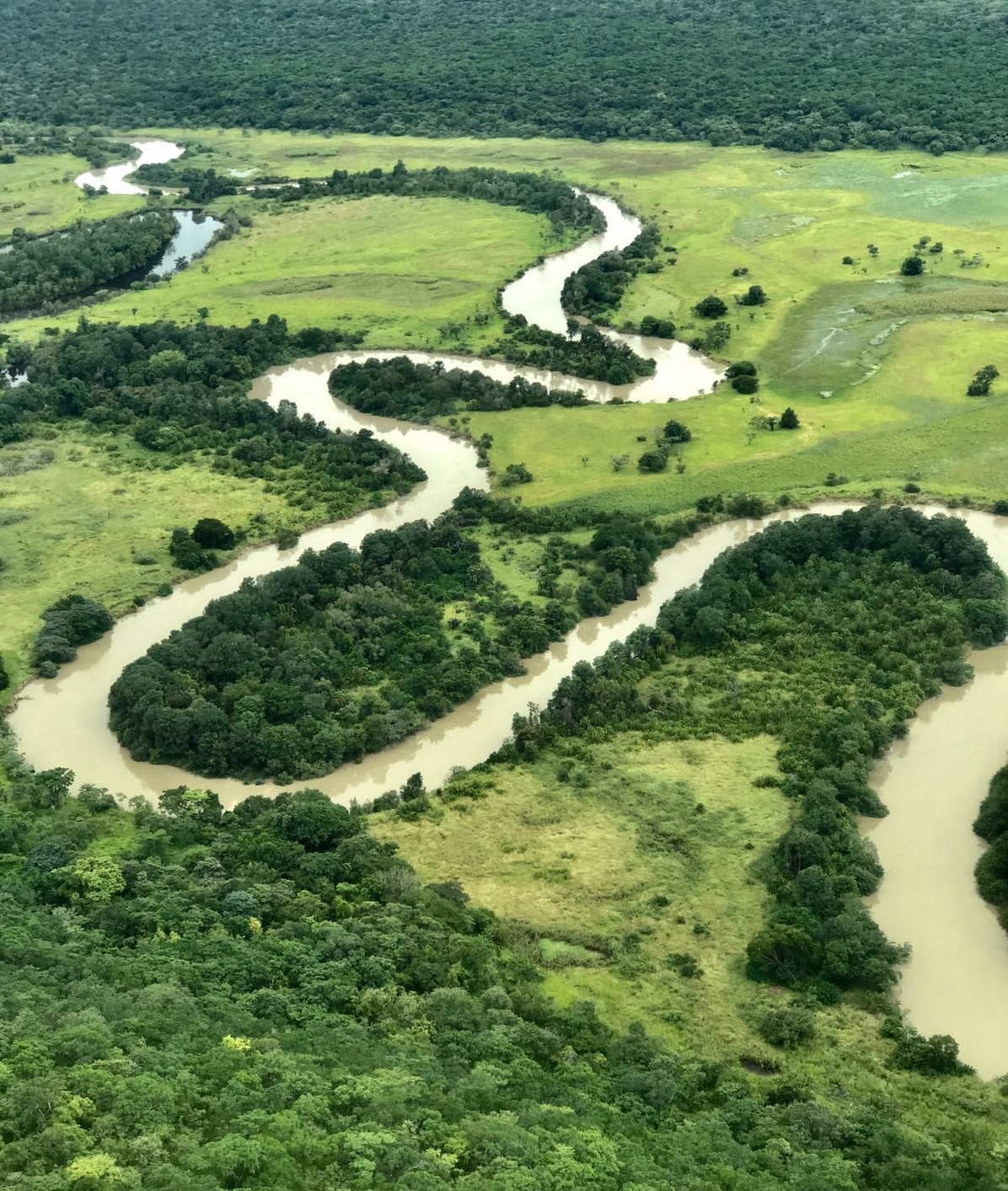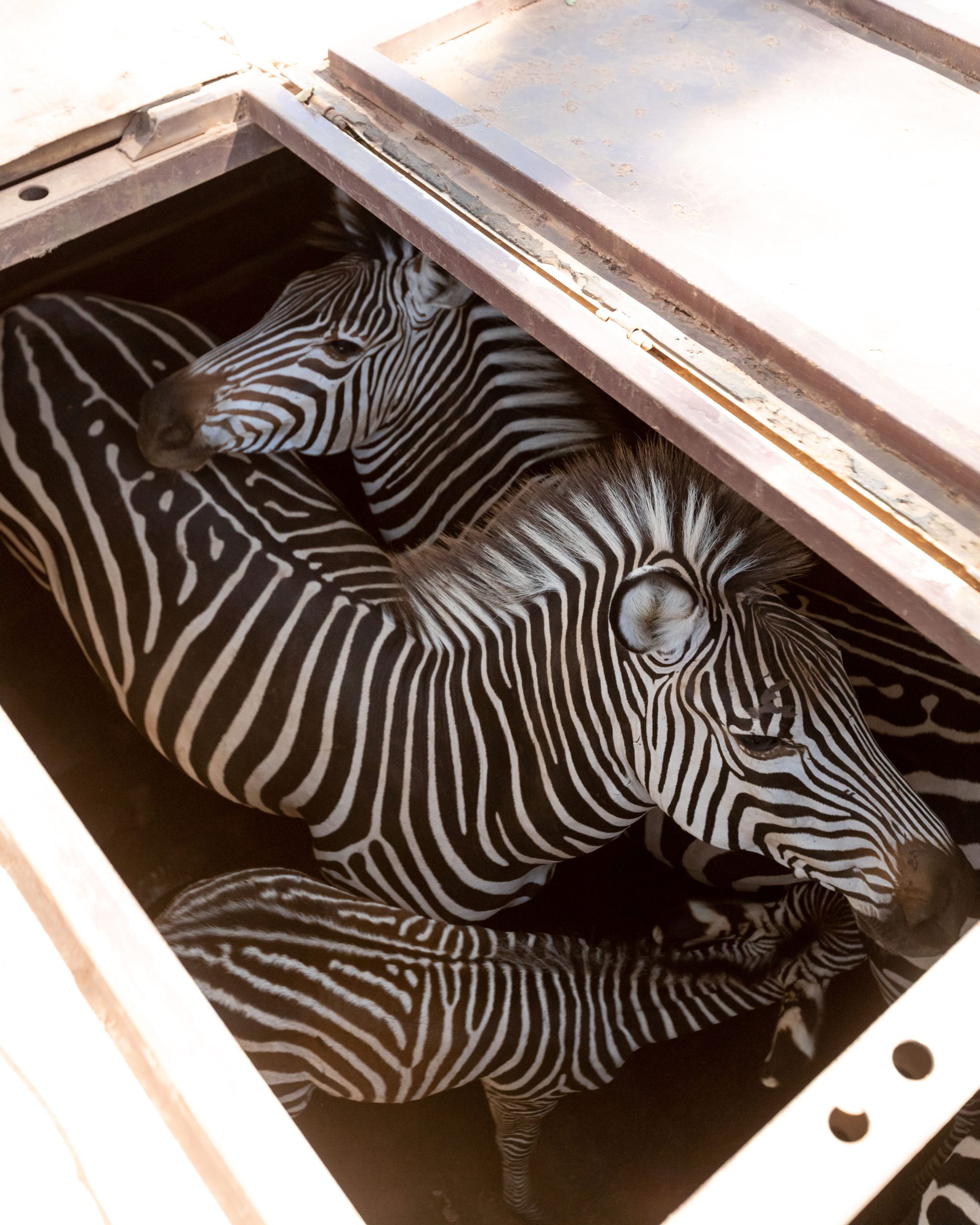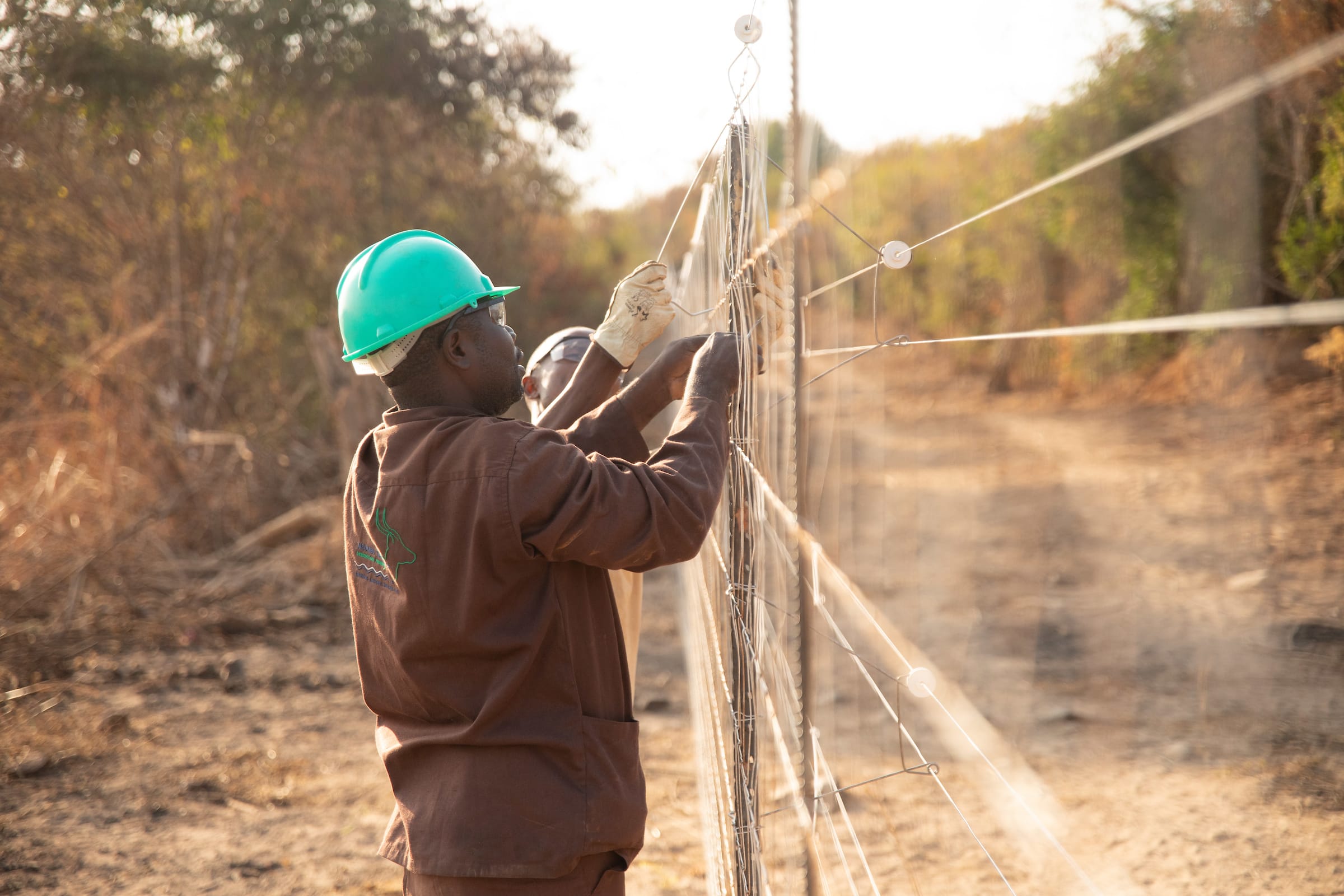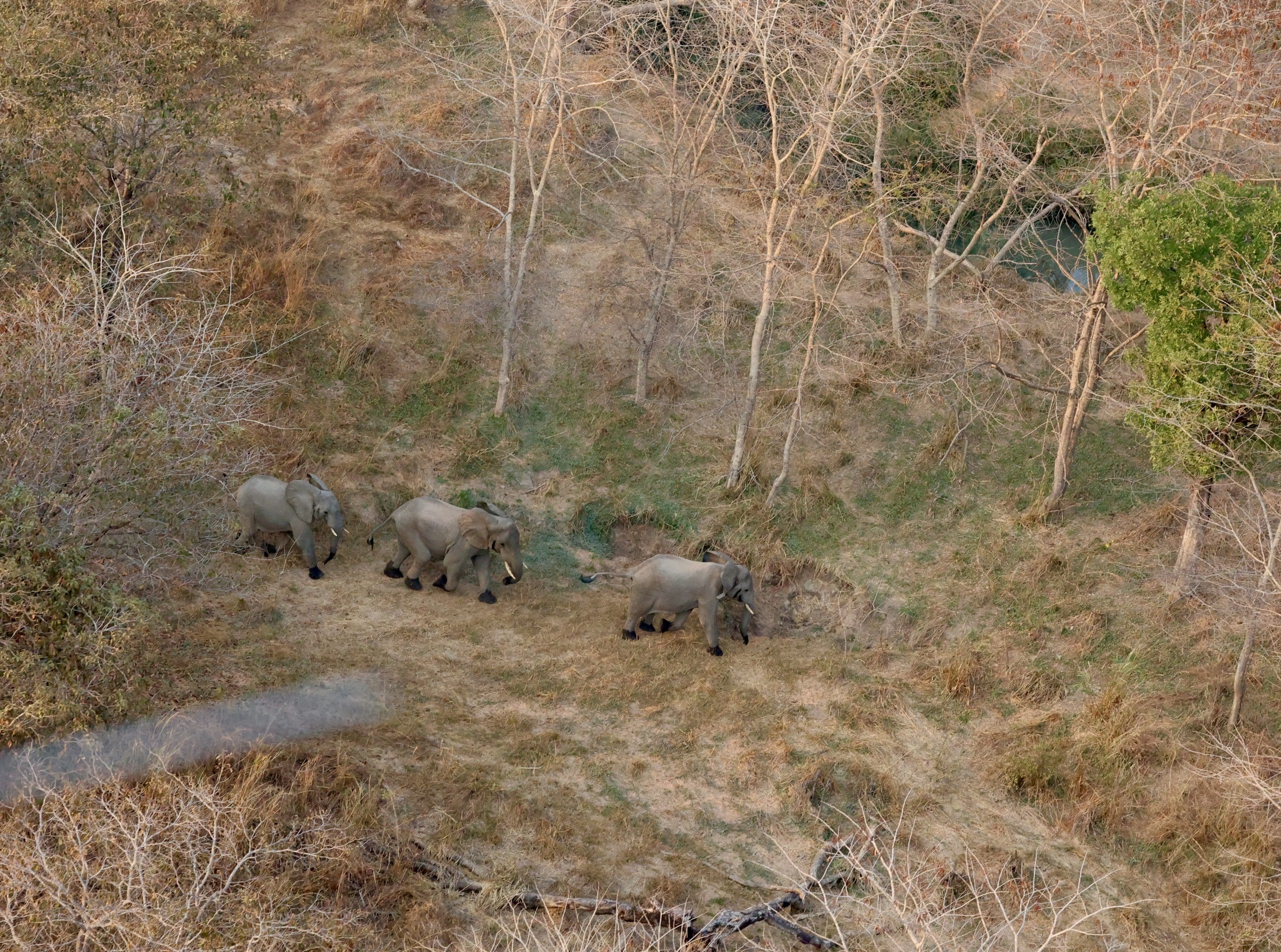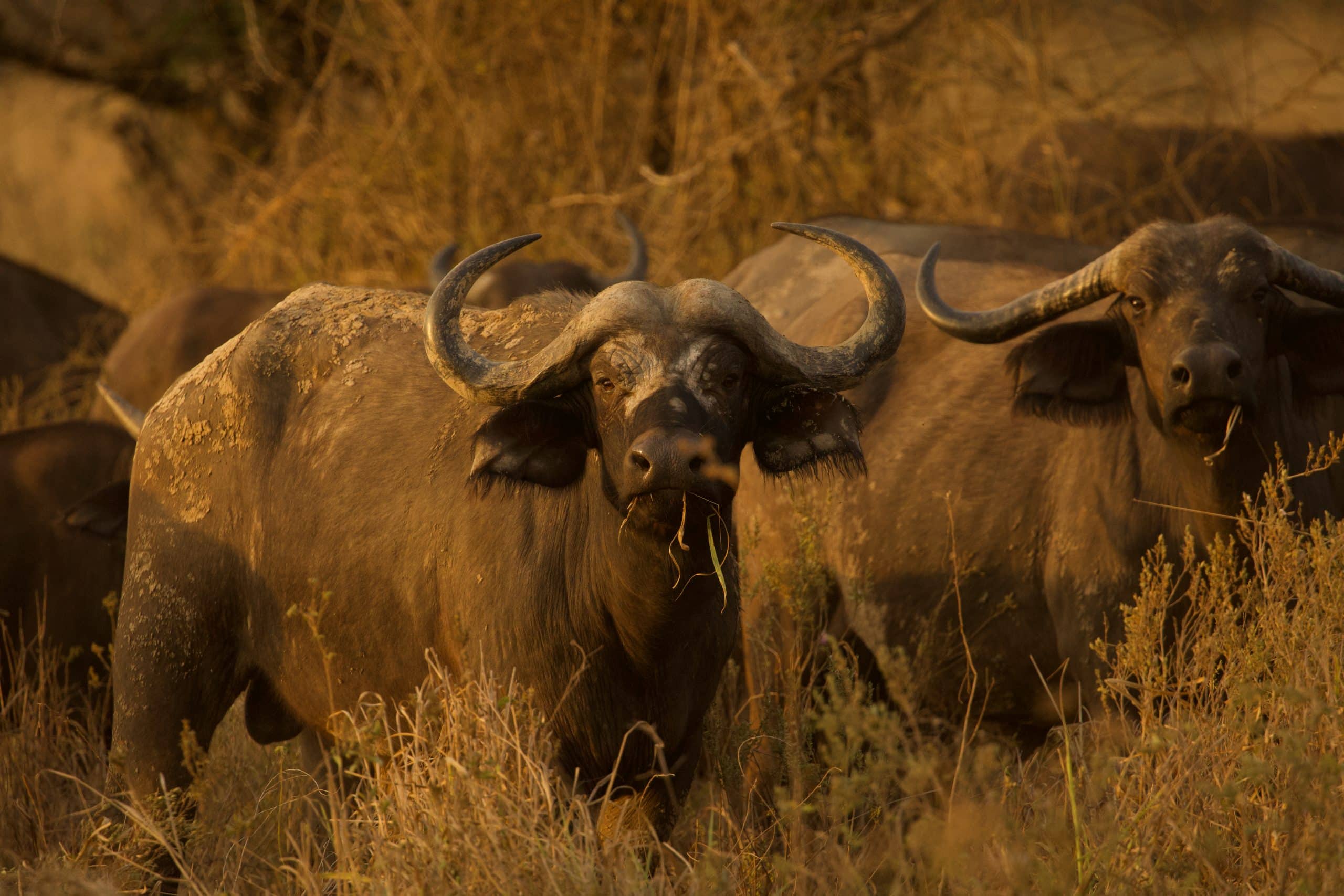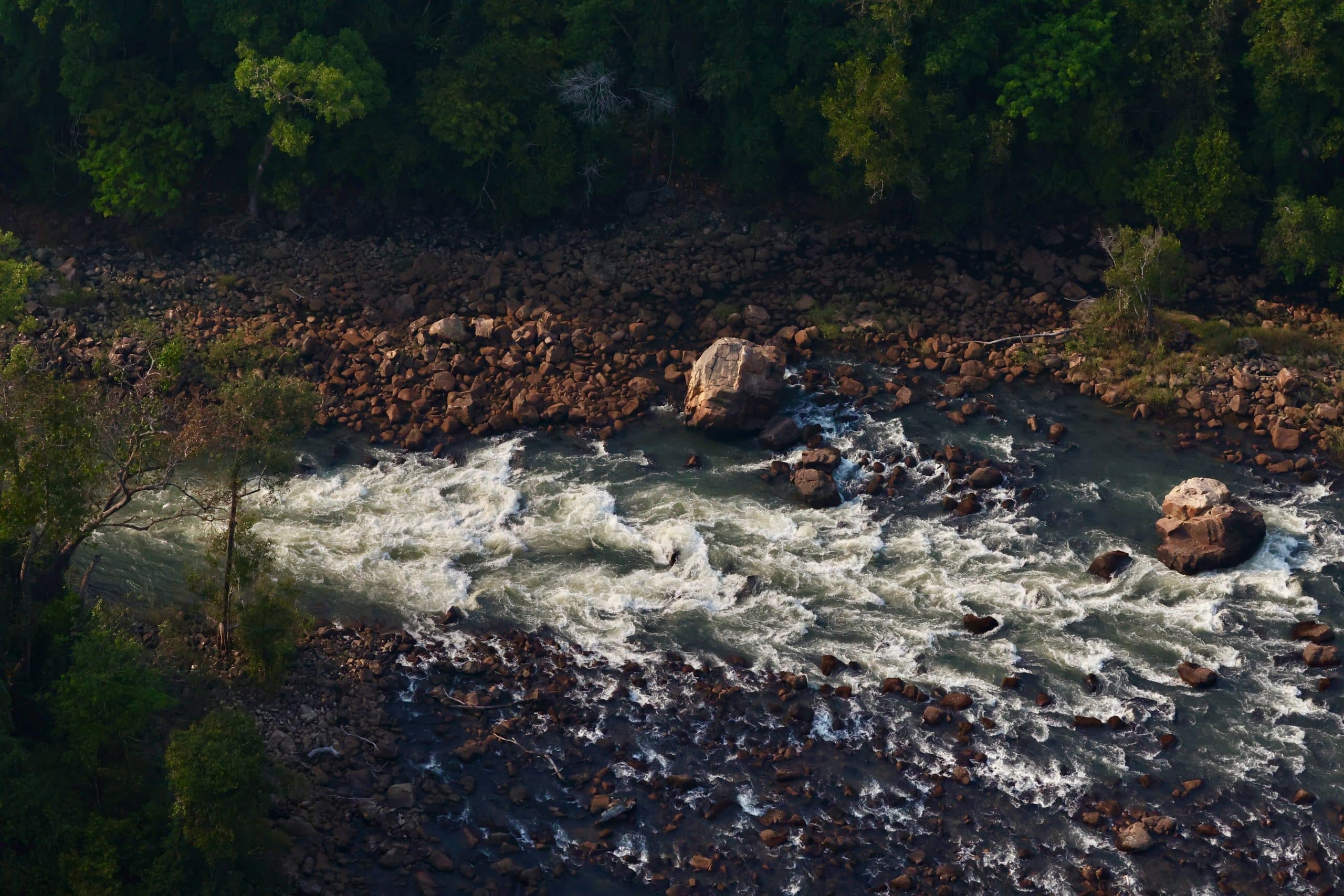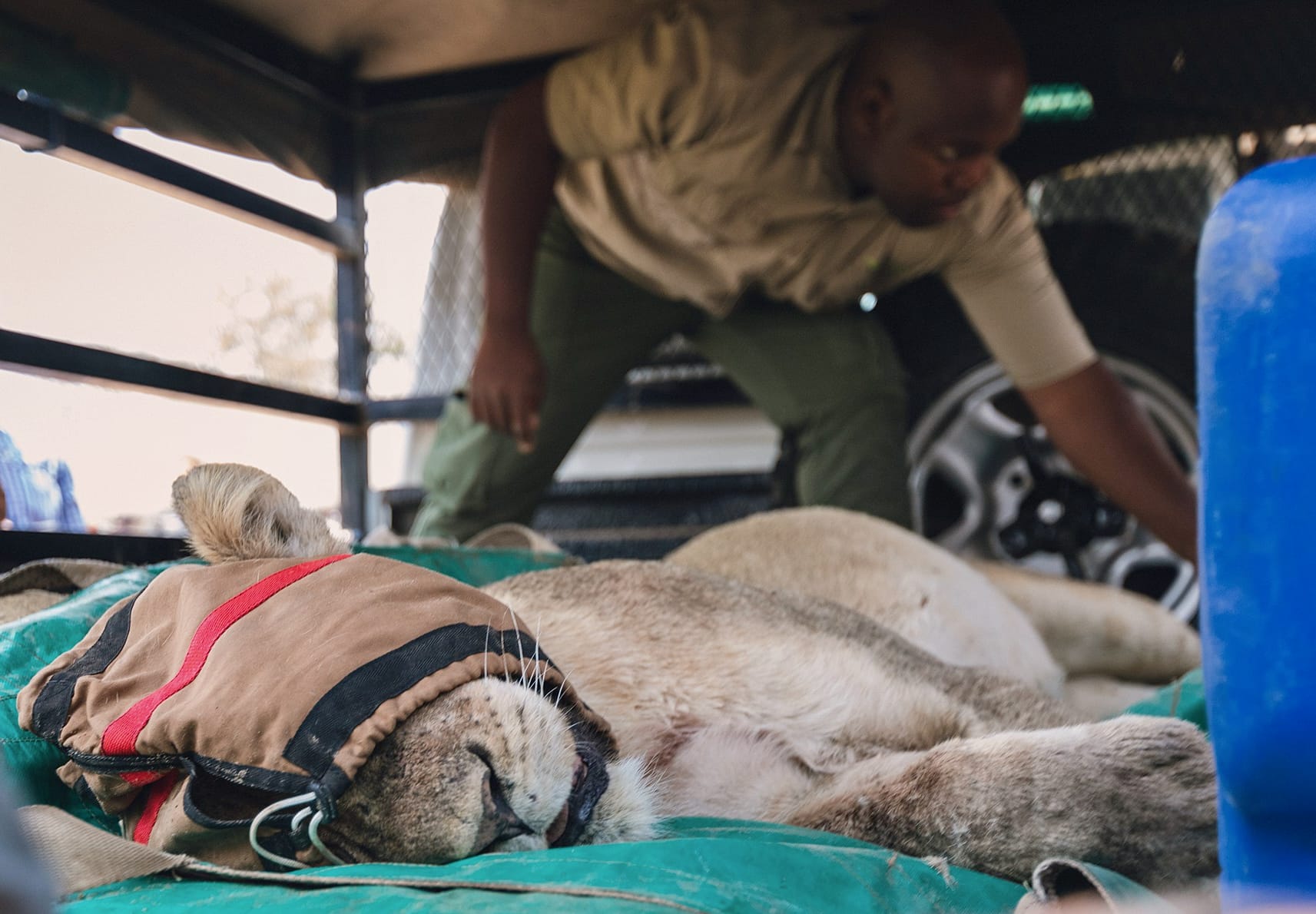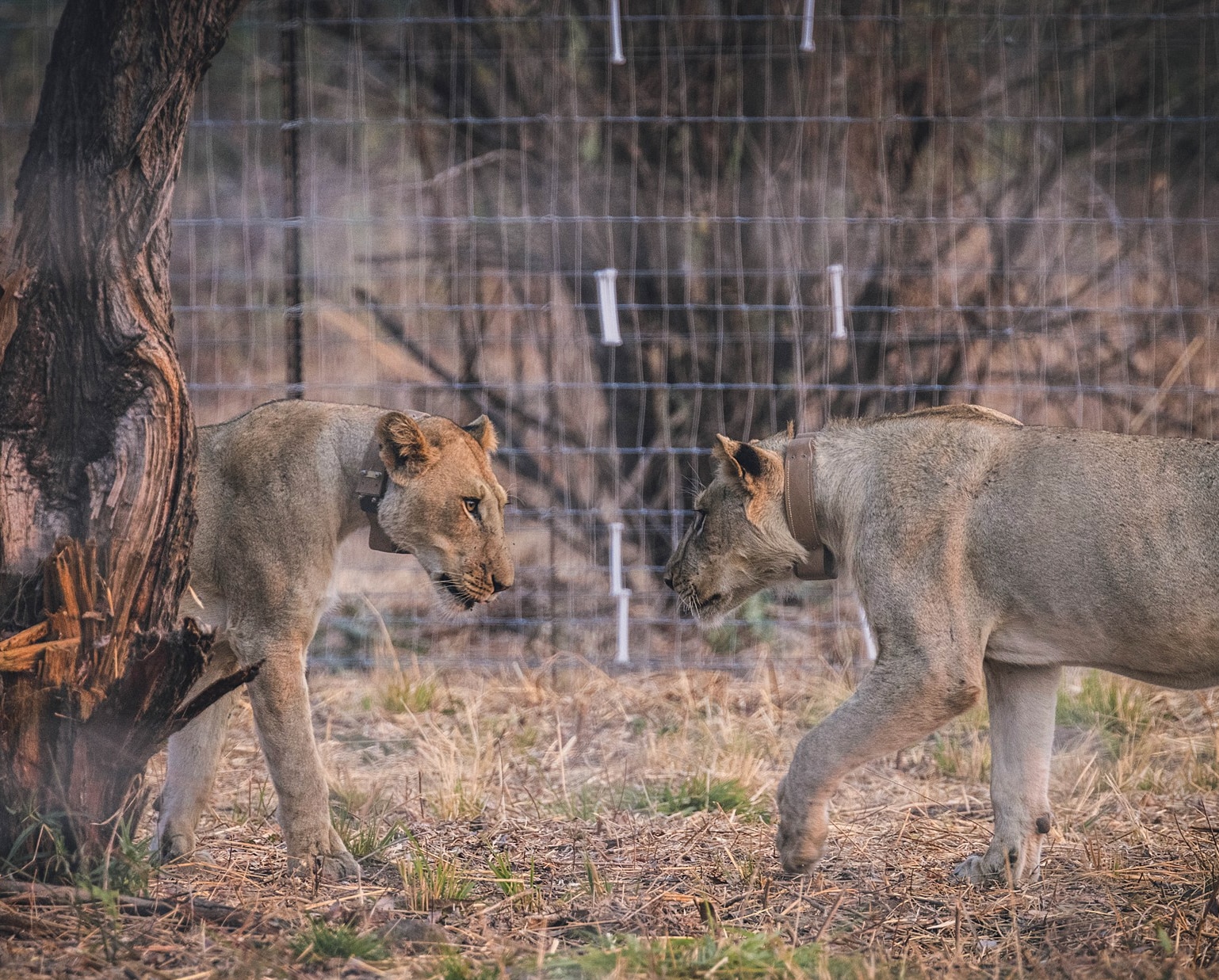Ten years ago or so, in my previous role with the Panthera Lion Programme, I was working on a research project on the performance of protected areas in Africa from a lion conservation perspective. For this, I spoke to people with expertise on about 185 protected areas across Africa to understand the threats facing lions and other species. I remember one of those particular interviews distinctly. I spoke to Craig Zytkow – who was managing Ndole Bay Lodge near Nsumbu National Park, situated on Lake Tanganyika.
Craig cut a forlorn figure at that time. He was stressed because the park was under massive pressure from poaching. He was using his own resources to support anti-poaching in an area close to his lodge and encountered evidence of poaching every time they conducted tourism activities in the park, such as poachers, snares, or snared animals.
Craig lamented that lions were on the brink of disappearing, and indeed, they did disappear just two years later. Zambia has set aside a truly massive area of land for conservation, much larger than the global average, but it needs help keeping up with the enormous, recurrent costs of managing and protecting these areas.
In response, the Zambian government decided to engage in public-private partnerships with local and conservation NGOs to attract inward investment into their conservation estate. One such NGO is the Frankfurt Zoological Society (FZS), which had already been supporting the Zambian government for many years in the management of North Luangwa National Park. FZS saw the challenges being experienced in Nsumbu, and with Craig’s commitment, it decided to approach the Department of National Parks and Wildlife Management (DNPW) and request a partnership with them to manage the park. DNPW accepted the offer, and things suddenly changed with the formation of the Nsumbu Tanganyika Programme.
Noting the exciting potential for lion recovery in Nsumbu, the Lion Recovery Fund (LRF) invited FZS to apply for a grant for their work in the park. This was one of our first-ever grants—and in retrospect, some observers must have thought we were crazy to be investing in a park with no lions! However, we knew FZS’s track record and saw the potential for lion recovery in the park. FZS subsequently told us that our willingness to back their efforts in Nsumbu helped give them the confidence to take the plunge and kickstart that project.
The Nsumbu Tanganyika Programme hired Craig Zytkow as its project lead. The guy who spent so many nights lamenting the park’s decline now had the opportunity to play a lead role in turning things around.
The Nsumbu Tanganyika Programme set about getting on top of the rampant bushmeat poaching that had been affecting the park for years. They removed thousands of deadly wire snares and arrested scores of poachers. Quite quickly, the prevalence of poaching dropped dramatically.
I visited the park in 2017, and was impressed by the beauty of the park – the massive, crystal clear lake, the hills and the large pans full of waterbirds. A surprising amount of wildlife remained, and on a flight over the park, I spotted remnant populations of puku, bushbuck, sable and sitatunga. Some elephants and buffalo remained, having found refuge in the impenetrable itigi thickets around the lake. However, it was clear that much work was needed to get the park ready for a lion reintroduction.
African wildlife is quite remarkable in its resilience and ability to recover if it is protected from poaching and other human pressures, and the populations in Nsumbu started to recover rapidly. With further support from LRF, the Nsumbu Tanganyika Programme reintroduced buffalo and zebra, from North Luangwa National Park to augment the remaining populations. Buffalo and zebra are both key prey species for lions, and this was part of the long-term plan to reintroduce lions.
The Nsumbu Tanganyika Programme then designed and implemented a highly professional reintroduction plan for lions, following best practices, with input from several lion experts. They underwent extensive consultations and dialogue with local communities to get their buy-in and decided to build a partial fence along a portion of the park boundary to reduce the scope for human-wildlife conflict.
I travelled back to Nsumbu in 2023, and in six years, the increase in wildlife populations was quite incredible. We saw elephants, buffaloes, sable, puku, sitatunga, bushpigs, and a host of other species.
Excitingly, in 2022 another LRF grantee, Conserve Global started working to support the management of the Tondwa Game Management area, adjacent to Nsumbu building on the work already done there by the Nsumbu Tanganyika Programme. In addition, the Nsumbu Tanganyika Programme also manages part of the Kaputa GMA, thus bringing the area under effective management to over 1,500 sq. miles—and creating even greater scope for wildlife recovery.
In September, lions were translocated from North Luangwa National Park to Nsumbu, where they will stay in a boma to become acclimatised to the area before being released into the park in November. The initial reintroduction was of three animals, two females and one male, with further top-ups planned for the future. The idea is to gradually reintroduce the population to allow further time for prey populations to recover and to reduce the risks of human-lion conflict.
Nsumbu represents a microcosm of what we are trying to achieve with the LRF. We use lions as a flagship species to raise funding that we invest in the management of wild landscapes to protect the habitats and all the wildlife that occurs there. This enables lions to recover, but also benefits all of the biodiversity that occurs in those savannahs.
In the world of conservation, there are so many negative stories that it is important to celebrate the bright spots that are emerging across Africa. We want to take the opportunity to extend our warm thanks to DNPW, FZS, and the Nsumbu Tanganyika Programme for the efforts they are making to turn this incredible park around. At the Lion Recovery Fund, we are pleased to have been part of this journey in supporting these efforts.


